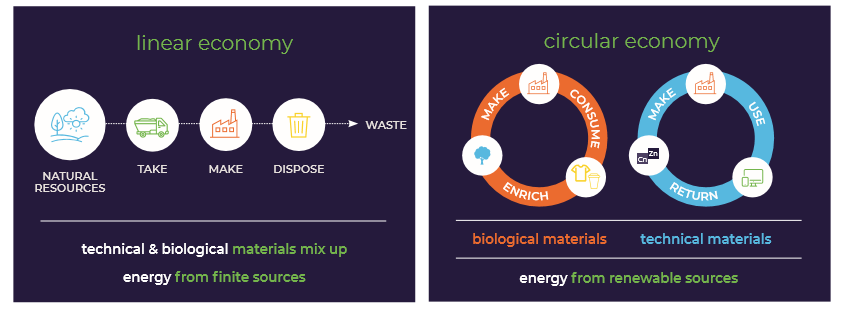Introducing the Battery Industry Group (B.I.G)
The Battery Industry Group (B.I.G) is a collaboration of organisations from across energy, transport and waste industries with large lithium-ion batteries in their value chain. Based on 18 months’ research, B.I.G. is working together to answer these questions and design reuse and responsible end-of-life solutions for large batteries.
Why is it important to take this action now?
We have a window of opportunity to front-foot this E-waste challenge. While large batteries are key to powering our new energy future, they come at a significant environmental and social cost. Modern economies today are based on a
linear economy model which involves taking natural resources from the ground, making products and then disposing of them into landfill (or recycling, which, let’s face it, is usually
downcycling). With limited natural resources, significant ethical supply chain risks and an increasing global demand, this linear approach is simply not sustainable for large batteries. Instead, Vector is leading the shift to a
circular economy: one which keeps products and materials in use and allows for the regeneration of natural systems.
